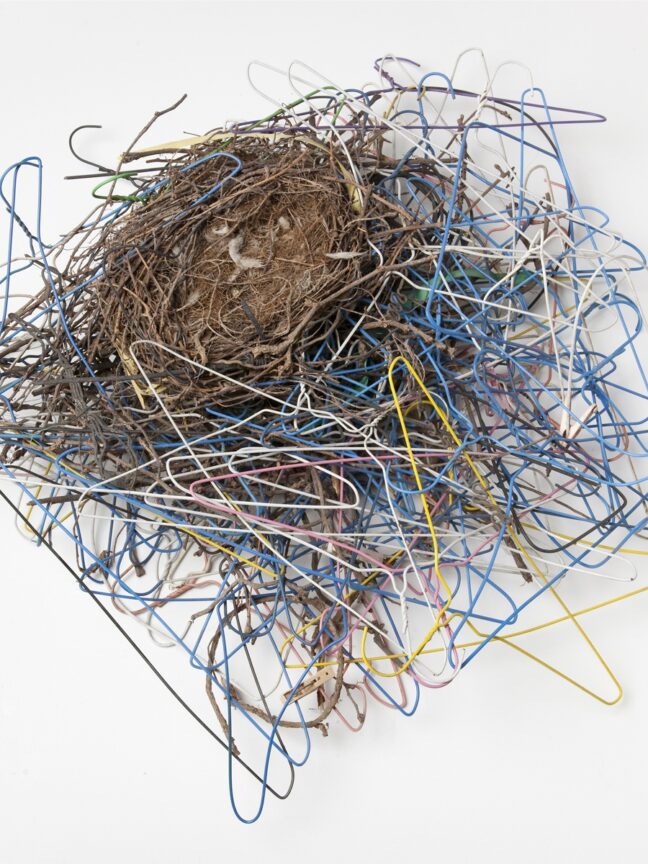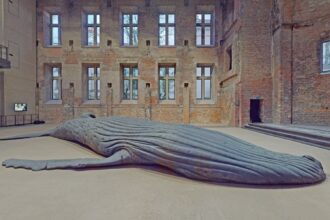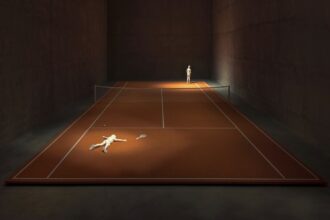Art of Encounter. On Non-Human Art Production
A vast set of associations surrounds both popular and academic ideas of what art actually entails. Art is assumed to be expression, experience, and intention – and often at the same time.
This event stems from the research project and exhibition Reading by Osmosis (Amsterdam, Zone2Source/Het Glazen Huis, 16 February – 28 April 2019, curated by Semâ Bekirović), focusing on artworks made by non-human artists — by animals, trees, the wind, and other entities and processes. Bekirović’s project focuses in particular on works that are inspired by the human domain, or deploy humans or man-made objects as tools and material and has resulted in the book Reading by Osmosis – Nature Interprets Us.
Michael Marder, Art’s Articulations
Michael Marder interprets the activity and role of art as an articulation of things, words, and worlds. Upon taking a look at two regimes of articulation – the spatial and the verbal – he discusses it as a tool for imagining, bringing about, or simply discovering art without humans. Finally, to illustrate this point, Marder turns to plants, those consummate artists of existence, at every moment articulating and rearticulating themselves, organic and inorganic beings around them, and the world.
open to the public, free of charge
January 20, 2020







